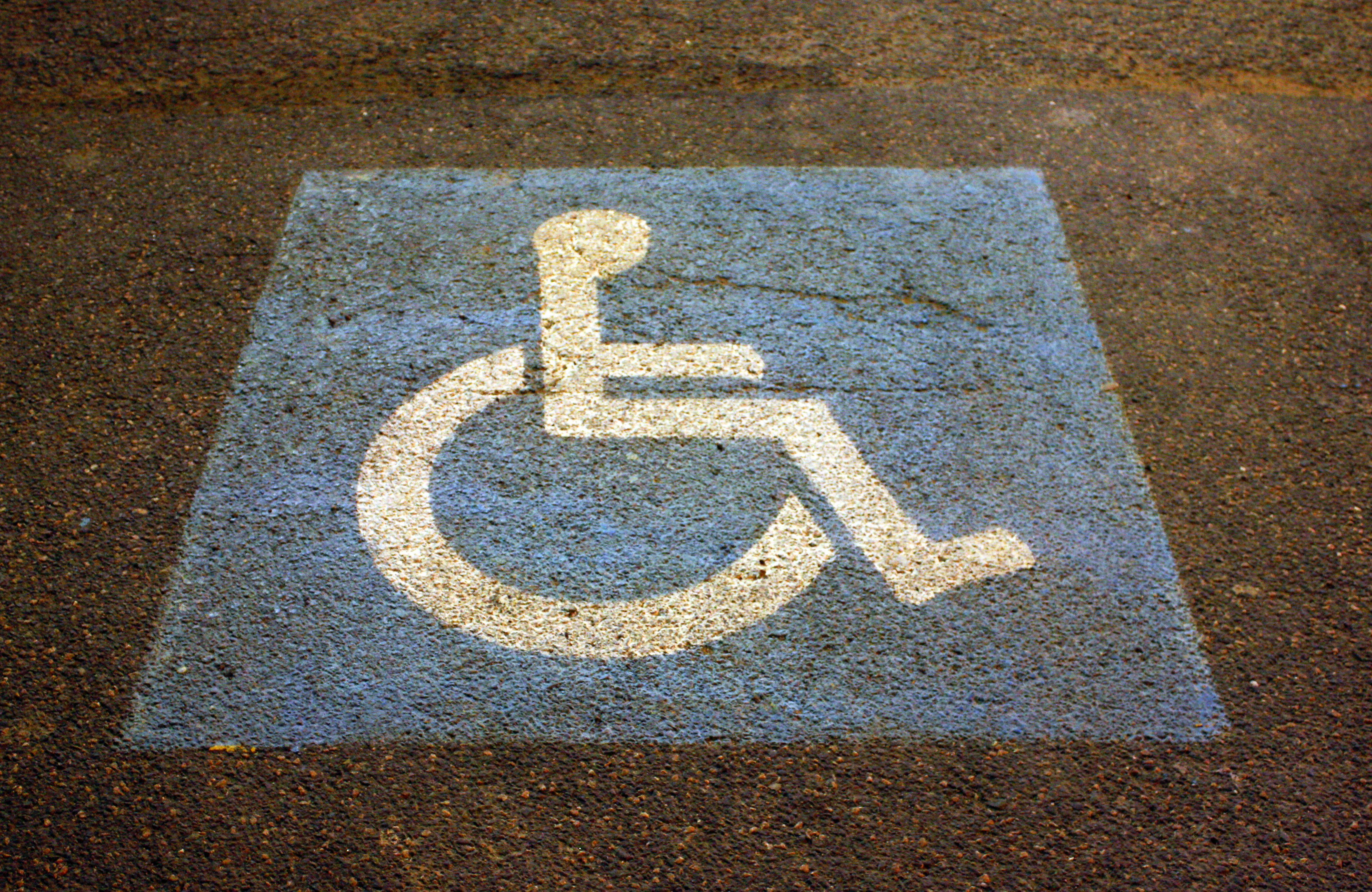A Gameplan For Access
Strategies and tactics designed to help managers develop a successful barrier-removal plan for public facilities
Consider this scenario: In between rushing to meetings and responding to phone calls, a maintenance manager reaches into a stack of last week’s mail only to find a request for records for a transition plan and Americans with Disabilities Act (ADA) self-evaluation. The request is from an attorney representing an advocacy group for individuals with disabilities.
The manager immediately recognizes the advocacy group as one that successfully sued an adjacent school district, receiving a huge amount of money and placing the district under a consent decree. A recent newspaper article described the amount of money spent by the school board that was paid to the plaintiff and plaintiff’s experts to monitor the district’s compliance.
The request is for records the district does not have, and the manager begins to visualize negative press, hours of scrutiny and questions about the required transition plan and self-evaluation that was not developed when it should have been. The manager decides to call the facility director in the adjacent district but learns he has resigned.
What should the manager do? The request asks for the document in 10 days. The manager wonders if someone else completed the plan, if it is current and if is it is comprehensive enough to meet the requirements of a transition plan and self-evaluation as required by Title II of ADA.
Then a thought occurs to the manager. The district is in the process of remodeling its schools and addressing accessibility whenever a complaint arises. The manager thinks, “When someone complains, I do my best to fix the problem; so will my reactive compliance efforts suffice as a transition plan or self-evaluation?”
The answer is no. A lack of available funds is no excuse, either. The ADA is a civil rights law that prohibits discrimination against individuals with disabilities, and removing physical barriers to access to facilities is a central component.
Barriers to Access
It has been 13 years since ADA was enacted, so why should public entities spend time, effort and limited funds to comply now? Unfortunately, many public entities have faced expensive and embarrassing litigation because they allegedly discriminated against individuals with disabilities. In many cases, this discrimination is reinforced by the fact that the public facility did not develop the required ADA self-evaluation and transition plan or was unable to document progress.
Many public entities have been caught off guard and placed in the difficult situation of not being able to produce a transition plan and self-evaluation. Managers can prevent getting caught on a technicality.
Compliance with the ADA is a legal requirement, and it is the right thing to do. To make facilities accessible for individuals with disabilities and meet the requirements of Title II of the ADA, managers need a plan. In many facilities, the task of spearheading facilities compliance often falls to maintenance managers.
What constitutes a transition plan and a self-evaluation? Both of these elements are required for public entities. The following tips are provided as a quick reference to assist managers’ compliance efforts. The list is not exhaustive but is intended as a guide.
Some of the tips are low-cost, easy-to-implement compliance steps. Other tips might be accomplished by other departments. Managers can prepare by checking current compliance efforts and conduct a thorough self-evaluation.
Develop a Plan
Managers will need a transition and barrier-removal plan that identifies all structural barriers in facilities, methods to remove these barriers, the projected schedule for barrier removal, and the person or persons responsible to oversee and implement the plan. The transition plan identifies the structural barriers that might deny access to programs, services and activities.
Inspect facilities for compliance with ADA accessibility guidelines (ADAAG), as well as with state and local requirements. Make sure to inspect all owned and leased sites, and prioritize and develop a plan to inspect facilities over a period of time. Enter the data into a database or accessibility software to assist with implementing and budgeting for the plan.
New buildings also must comply with ADA. Those buildings constructed before Jan. 26, 1992, need only make their programs, services and activities accessible. Managers do not need to plan for the removal of all barriers identified in a barrier-removal plan.
Access to programs, services and activities is the key. This requirement includes all activities of a public entity. For example, in a school district, it would include field trips and extracurricular activities.
The next step is to implement the compliance plan and reprioritize as appropriate. Document the progress of barrier removal, and update the plan as needed.
A public entity has a responsibility under Title II of ADA to provide access to all of its programs, services and activities. Managers should review and inspect sites prior to entering into a lease agreement. If the public entity leases nonaccessible space, the site should be reviewed for accessibility before renewing the lease.
Identify all programs, services and activities the organization provides, and document access to and nondiscriminatory practices in regard to these programs, services and activities. For example, make sure that students with disabilities are not segregated or located in inaccessible buildings.
Review facility-use agreements to ensure that individuals or organizations using the organization’s facilities do so in a nondiscriminatory manner.
Develop procedures to maintain accessible elements. Examples of this type of maintenance include tasks such as repainting and restriping accessible parking spaces, monitoring door pressures, and maintaining lifts and elevators.
Finally, ensure equally effective communications and auxiliary aids by installing a TTY/TDD. Network- and PC-compatible systems are more efficient than standalone TDD/TTY units that require a dedicated line. Managers also might consider purchasing one or two portable FM indoor/outdoor assistive listening systems that are available for checkout. Document their availability in the transition and barrier- removal plan.
Communicate
Because facilities, operations, and building occupants change regularly, managers need to communicate as thoroughly as possible about all elements of their departments’ efforts to comply with access guidelines.
The first step is to designate an ADA coordinator. Section 35.107 of ADA requires the designation of a responsible employee, but large public entities might have more than one ADA coordinator. Managers should post the ADA coordinator’s name, title, address, phone number, TDD/TTY number, and e-mail, and they should include this information in handbooks and other organizationwide publications.
Post ADA-related notices in selected locations and on the the organization’s Web site, making sure to provide additional information to front-line staff in non-public and outlying areas.
Develop a brochure or informational packet providing information on ADA’s requirements, as well as how to contact the ADA coordinator.
Managers also should develop a procedure for providing materials in accessible alternate formats. Alternate formats might include large print, taped materials or Braille. All materials do not have to be available in an alternate format prior to a request, but a procedure should be in place to provide an alternate format in a timely manner if requested.
Review Web sites for accessibility. For little or no charge, services such as Bobby Worldwide will evaluate Web sites to ensure their accessibility.
Provide accommodation statements on all public notices. The statement should provide a contact if an individual with a disability needs accommodation to participate in a program, service or activity.
Managers also should give members of the public, individuals with disabilities, and organizations representing individuals with disabilities a chance to provide input. Tools for this purpose include postings, surveys of facility users, organizations and site administrators, and newspaper notices.
Verbal and printed communication should use appropriate terminology. Use the term “disabled” instead of “handicapped”, and refer to individuals with disabilities as people first. For example, instead of saying “hearing-impaired person,” say “person with a hearing impairment.”
Involve Occupants
Involving building occupants and visitors in the planning process will result in a plan that more thoroughly addresses the access needs of all involved. Among the steps to consider are these:
- Make the self-evaluation and transition plan available for public inspection.
- Post a policy or statement of nondiscrimination that includes members of the public and employees.
- Develop an ADA-advisory committee that includes individuals with disabilities and other members of the public.
- Maintain a library of staff development resources that can be checked out or made available, including videotapes, presentations and audio tapes.
- Provide ADA materials and staff development sessions for administrators, supervisors, facilities managers, maintenance and operations staffs, and other departments as appropriate.
- Adopt or develop grievance- or uniform-compliance procedures that includes members of the public, recipients of services and employees.
- Disseminate and post information regarding the compliance procedures.
The final step in the process is to review policies, administrative regulations, procedures, memorandum and publications to identify any discriminatory or potentially discriminatory policies, procedures or practices. This self-evaluation is designed to reveal any programmatic or policy barriers. Section 35.105 establishes a requirement that a public entity evaluate its current policies and practices to identify and correct any that are not consistent with the requirements of the ADA.
In general, public facilities of all kinds have found that the self-evaluation is a valuable means of establishing a working relationship with individuals with disabilities. Compliance with the ADA involves common sense, an attitude for compliance and good planning. A comprehensive plan can help make facilities accessible for all recipients of services and minimize the loss of valuable funds.
Barbara Thorpe is president of Disability Access Consultants Inc.
Related Topics:












